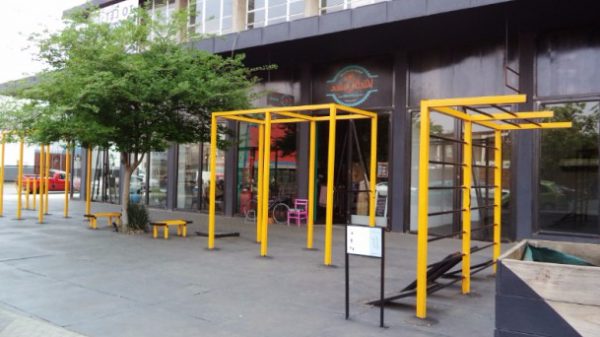Until recently, O2O technology was not available but now it’s a multibillion-dollar industry.
Online to offline (“O2O”) commerce is all the rage now. Couple of years back, when Alibaba invested over $3 billion in the technology, the media took note and journalists around the world began discussing the future of the O2O industry in Asia and abroad.

Businesses would have better accuracy in their online marketing plans and, for the first time ever, would be able to reliably determine ROI from online advertising if enabled with O2O platforms, tools and services. Until recently, this technological ability simply did not exist.
Online advertising has not innovated much in the past decade, causing many business owners who want higher conversion rates, better analytics, and better customer targeting to become increasingly frustrated due to bad conversions and poor ROI.
O2O marketplace platforms are the next step forward in an industry that has not seen innovation for years.
According to Ruben Ghosh, CEO of O2O marketplace Myrsa, whose mission is to bridge the gap between online and offline commerce, thinks the opportunity is a big one. A trillion dollars at-least.
Huge volume of offline spending
According to the reliable sources, over 93 percent of purchases still take place offline, which accounts for over $5 trillion each year. Most people are intimidated and at the same time taken aback by this number. Everybody thinks that, because of our integrated lives with the internet, online spending would be much higher.
Data shows that a massive amount of spending still continues offline and that’s likely to continue for years. The challenge businesses face is bringing that online audience directly into their stores and knowing how to attract them and how much it would cost.
Trillion-dollar opportunity?
We know that the average Indian earns around Rs 1,03,219 annually and the average e-commerce shopper spends Rs 7,956 per year online. Apart from taxes, where does the rest of the Rs 95,262 go?
It goes to the offline economy: grocery stores, real estate, car dealerships, restaurants, etc. Bridging this gap allows businesses to actively compete for that commerce using online advertising ensuring better conversions & ROI.
Related post: It’s a win-win!
Small-business challenges
In case of Small-business owners and their marketing strategies, data shows that when asked which marketing channels were most effective, “only 3 percent found PayPerClick (PPC)” to be an effective lead generation tool.
This is prevalent because PPC platforms are complicated and are difficult to set up and often do not offer reliable or easy to understand analytics.
Platform Solutions out there offer advertisers guaranteed ROI on ad spending and small-business-friendly platforms will continue to grow in popularity as online marketing becomes a must for local business owners.
Consumer research trends
Over 60 percent of consumers research a product online before going to a store to make a purchase. Bridging the gap between when someone who is viewing a product online and when they enter a store to complete a purchase could create an entirely trackable revenue stream for business owners.
If someone is searching for your product and finds it online, that’s a confirmed lead! You want to capture that. Technology has finally caught up and making that capture possible, which is an enormous win for advertisers.
While trends come and go, the idea behind O2O commerce is here to stay. Despite recent advancements made in technology, companies are yet to perfectly align with consumer shopping trends and the needs of business owners.
This trillion-dollar problem lacks a perfect solution even now, but entrepreneurs are rapidly solving this mystery with a few promising options coming to the fore.
As the loop between online and offline commerce closes, business owners, advertisers, and, most importantly, consumers are well positioned for a great deal.


